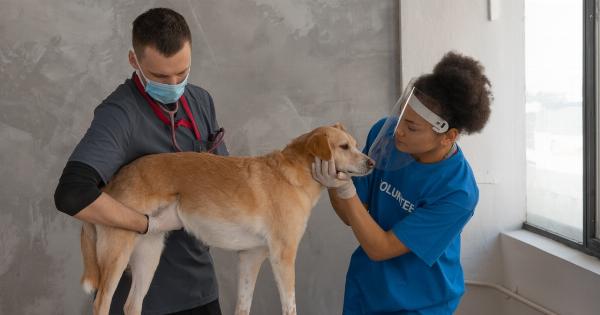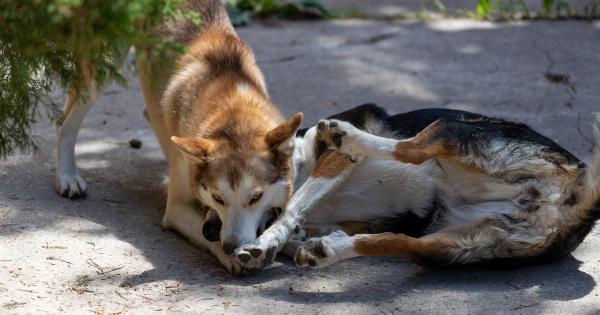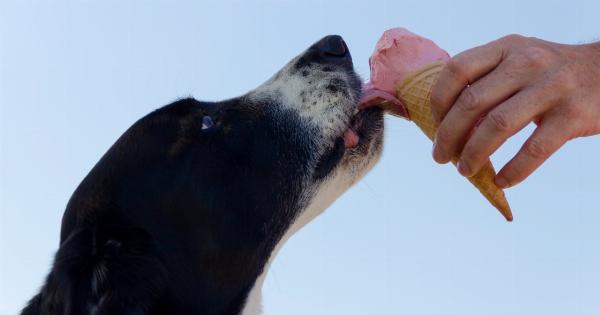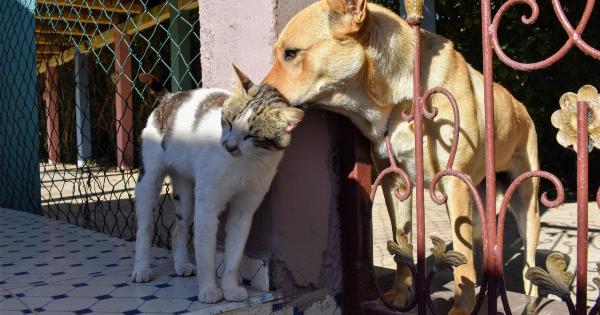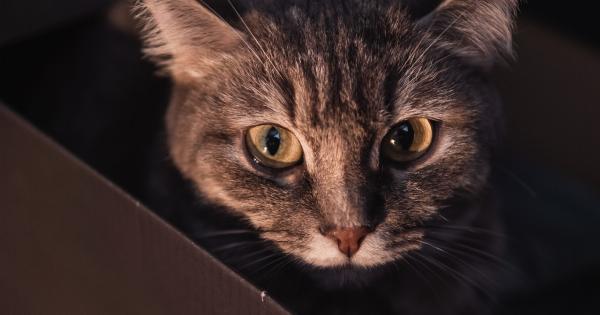Many of us enjoy spending time in nature, surrounded by the lush greenery of trees and grass.
Whether it’s a simple walk in the park or an adventurous hike up a mountain, the fresh air and natural world can not only be good for our physical health, but also our mental well-being. As pet owners, we often bring our furry friends along on these outdoor excursions, allowing them to enjoy the sights and smells of the great outdoors.
However, recent studies have shown that there may be hidden dangers in these green spaces that may be harming our beloved pets.
Agana Exposed: The Dangers of Pesticides
One particular area of concern is the use of pesticides on lawns and green spaces. Agana, a common herbicide used to control weeds in lawns and gardens, has been shown to have harmful effects on both humans and animals.
A study conducted by the University of California found that exposure to Agana can increase the risk of cancer in dogs, with a higher risk in smaller breeds. This is because smaller dogs have a higher surface area relative to their weight, which makes them more susceptible to ingesting or inhaling the chemicals.
Furthermore, the use of Agana has been linked to a host of other health concerns in pets, such as liver and kidney damage, skin irritations, and even birth defects in puppies.
The chemicals can be ingested by pets who walk on or eat grass that has been sprayed with the herbicide. Even if a pet does not directly ingest the chemicals, they can be exposed through contact with surfaces that have been treated, such as upholstery, carpets, and floor surfaces.
Hidden Dangers: Toxic Plants and Mushrooms
In addition to pesticides, there are other hidden dangers that pets may encounter when walking or playing in green spaces.
Certain plants and fungi can be toxic to pets, causing a range of symptoms from mild stomach upset to life-threatening organ damage. One such plant is the sago palm, a commonly used decorative plant that is highly toxic to dogs and cats. The seeds, leaves, and stem of the plant contain a toxin that can cause liver failure in pets.
Other toxic plants include lilies, azaleas, and tulips.
Mushrooms are also frequently found in green spaces and can be highly toxic to pets. There are thousands of species of mushrooms, and many can cause gastrointestinal distress or liver failure in pets.
Furthermore, it can be difficult to identify which mushrooms are poisonous and which are not, making it important for pet owners to be vigilant and keep their pets away from all mushrooms.
The Importance of Being Proactive
To keep our furry friends safe when enjoying the outdoors, it is important for pet owners to be proactive and take measures to reduce exposure to pesticides and other toxic substances.
One way to do this is to avoid areas that have been treated with pesticides or herbicides, or to wait until the chemicals have fully dissipated before allowing pets to enter the area. Pet owners can also opt for natural alternatives to synthetic pesticides, such as using vinegar or soap solutions to remove weeds and unwanted plants.
Another way to protect pets from toxic plants and mushrooms is to be aware of what is growing in the area.
Pet owners should educate themselves on the local flora and fauna, and keep their pets away from any plants or fungi that have been identified as toxic. It is also important to keep pets on a leash when exploring green spaces, as this can help prevent them from wandering off and encountering potentially harmful substances.
Conclusion: Keeping Our Pets Safe in the Great Outdoors
Green spaces can be a wonderful place for pets to explore and unwind, but they can also be a source of hidden dangers.
By being vigilant and taking precautions such as avoiding treated areas and being aware of toxic plants and fungi, pet owners can help keep their furry friends safe and healthy while enjoying the great outdoors.
















